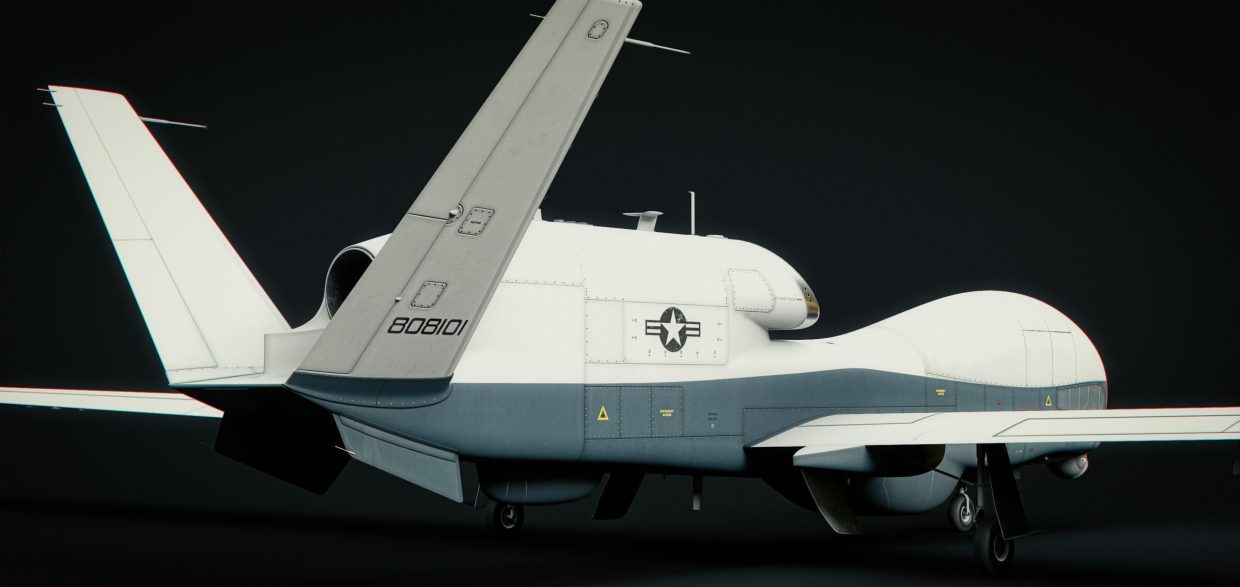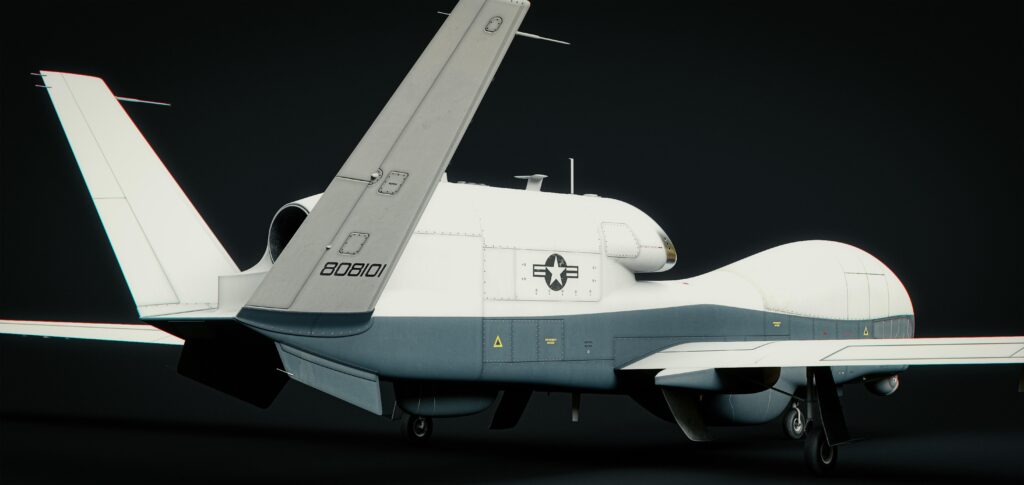The rapid evolution of military drones and unmanned aerial vehicle (UAV) technologies has fundamentally transformed modern warfare and defense strategies. Leveraging cutting-edge advancements in aerodynamics, artificial intelligence, sensor integration, and communication systems, contemporary military UAVs offer unprecedented capabilities in surveillance, reconnaissance, electronic warfare, and precision strike operations. This article provides a comprehensive examination of the latest technical developments in military drone platforms, highlighting innovations in autonomous navigation, stealth design, payload versatility, and network-centric warfare integration. By analyzing current trends and emerging technologies, we aim to elucidate how these advancements are reshaping operational paradigms and force projection in complex threat environments.
Table of Contents
- Emerging Sensor Technologies Enhancing UAV Reconnaissance Capabilities
- Integration of Artificial Intelligence for Autonomous Military Drone Operations
- Network-Centric Warfare Enabled by Advanced UAV Communication Systems
- Strategic Recommendations for Ethical Deployment and Regulatory Compliance of Military Drones
- Closing Remarks
Emerging Sensor Technologies Enhancing UAV Reconnaissance Capabilities
Recent advancements in sensor technologies are revolutionizing the battlefield intelligence gathered by UAVs, offering unprecedented accuracy, range, and data processing abilities. Modern drones now integrate multi-spectral and hyperspectral imaging sensors that enable operators to detect materials and objects imperceptible to traditional visual systems. Complementing these are synthetic aperture radar (SAR) systems that maintain high-resolution imaging capabilities regardless of weather or lighting conditions, significantly expanding UAV operational windows. Additionally, the miniaturization of LiDAR units enhances topographical mapping and target acquisition with a level of precision that was once relegated to manned reconnaissance aircraft.
Key sensor innovations contributing to these advancements include:
- Advanced Electro-Optical/Infrared (EO/IR) sensors: Provide real-time thermal and night vision imagery, vital for covert operations and surveillance in total darkness.
- Signal Intelligence (SIGINT) sensors: Enable interception and geolocation of enemy communications and radar emissions, improving situational awareness and electronic warfare capabilities.
- Compact Chemical, Biological, Radiological, and Nuclear (CBRN) detectors: Allow for immediate threat detection in hazardous environments, enhancing force protection during reconnaissance missions.
Integration of Artificial Intelligence for Autonomous Military Drone Operations
The integration of advanced AI algorithms into military drone systems has fundamentally transformed autonomous operations from simple remote control to sophisticated decision-making entities. Leveraging machine learning, neural networks, and computer vision, these drones are capable of real-time data analysis, target identification, and adaptive mission planning without human intervention. This technological evolution enables enhanced situational awareness and faster reaction times, crucial for dynamic combat environments where milliseconds can dictate outcomes. Additionally, AI-driven autonomous drones reduce the cognitive load on human operators, allowing them to focus on strategic oversight rather than micromanagement of individual units.
Core functionalities empowered by AI in these unmanned systems include:
- Obstacle avoidance: Using sensor fusion and predictive modeling to navigate complex terrains safely.
- Collaborative swarm intelligence: Coordinated behavior among multiple drones to execute diverse tactical objectives.
- Adaptive mission execution: Real-time recalibration of flight path and engagement protocols based on evolving threats.
- Autonomous target recognition and prioritization: Identifying hostile elements while minimizing collateral damage.
These capabilities not only improve mission efficiency but also enhance operational security by minimizing human exposure to dangerous scenarios. As AI frameworks continue to evolve, military drones will increasingly serve as force multipliers in complex theaters of war.
Network-Centric Warfare Enabled by Advanced UAV Communication Systems
Modern military operations increasingly rely on the seamless integration of Unmanned Aerial Vehicles (UAVs) into digital battle networks, transforming traditional combat into a highly synchronized, data-driven endeavor. Advanced communication systems embedded within UAV platforms enable real-time data exchange, linking drones with ground forces, command centers, and other aerial assets. This persistent connectivity ensures rapid situational awareness, precision targeting, and dynamic mission adjustments, fostering an operational environment where information superiority directly translates into tactical advantage. Key technologies facilitating this integration include multi-band data links, adaptive mesh networks, and low-latency satellite communications, which collectively maintain robust UAV connectivity even in contested or electronically degraded environments.
- Distributed Sensor Fusion: UAVs collect, process, and share multi-spectral intelligence to enhance battlefield visualization.
- Automated Command and Control: Network-enabled UAVs execute coordinated maneuvers via AI-driven command protocols.
- Resilient Communication Architecture: Redundant pathways ensure uninterrupted data flow amidst cyber and electronic warfare threats.
- Interoperability Standards: Open communication protocols guarantee compatibility across diverse UAV platforms and allied forces.
The evolution of UAV communication architectures also supports the emergence of autonomous swarm tactics, where large groups of drones operate cohesively to overwhelm adversaries or conduct complex reconnaissance missions. These systems exploit low-probability-of-intercept communication technologies and encrypted data streams, preserving operational security while maximizing tactical flexibility. Furthermore, the integration of 5G and edge computing platforms at forward operating bases accelerates data processing and decision-making cycles, effectively redefining the tempo of engagements and reducing the cognitive load on human operators. In essence, these advances in communication systems are critical enablers, not only extending the reach and endurance of UAVs but also intertwining them into a resilient, adaptive, and intelligent network-centric warfare paradigm.
Strategic Recommendations for Ethical Deployment and Regulatory Compliance of Military Drones
For responsible integration of military drones into modern defense systems, stakeholder collaboration is paramount. Governments, manufacturers, and regulatory bodies must establish rigorous frameworks that emphasize transparency and accountability throughout the drone lifecycle. These frameworks should incorporate continuous risk assessments and adaptive compliance protocols to address emerging technological advancements and operational contingencies. Moreover, ethical deployment mandates the incorporation of AI decision-making safeguards that prevent unauthorized use or unintended harm, aligning operational conduct with international humanitarian laws.
Effective governance also demands a harmonized approach to regulation that transcends national boundaries, ensuring interoperability and mutual trust across allied forces. Key strategic steps include:
- Implementation of standardized certification processes for drone software and hardware.
- Mandatory reporting mechanisms for incidents involving collateral damage or system failures.
- Regular audits by independent experts evaluating compliance with ethical and legal standards.
- Investment in operator training programs emphasizing decision-making ethics and situational awareness.
By adopting these measures, military organizations can foster responsible innovation while mitigating the risks associated with unmanned aerial combat systems.
Closing Remarks
In conclusion, the rapid advancements in military drones and UAV technologies signify a transformative era in defense capabilities. Enhanced autonomy, improved sensor integration, and extended operational ranges are redefining strategic and tactical paradigms on the modern battlefield. As these systems continue to evolve, ongoing research and development will be critical to addressing emerging challenges related to cybersecurity, ethical deployment, and interoperability with existing combat assets. Maintaining technological superiority in unmanned platforms remains a priority for armed forces worldwide, underscoring the imperative for sustained innovation and rigorous operational assessment in the years ahead.













